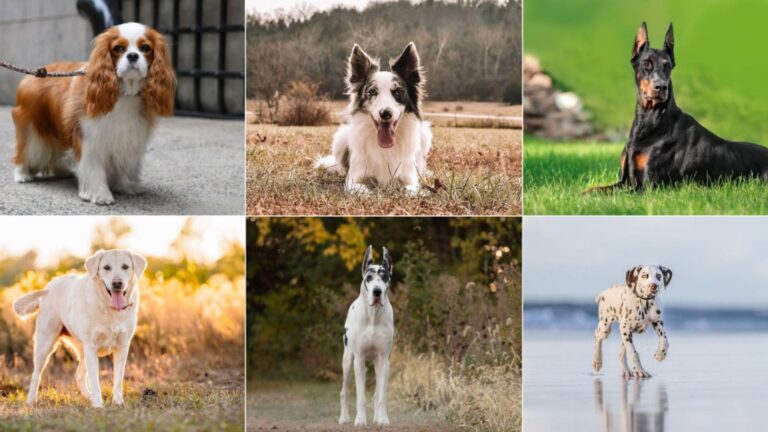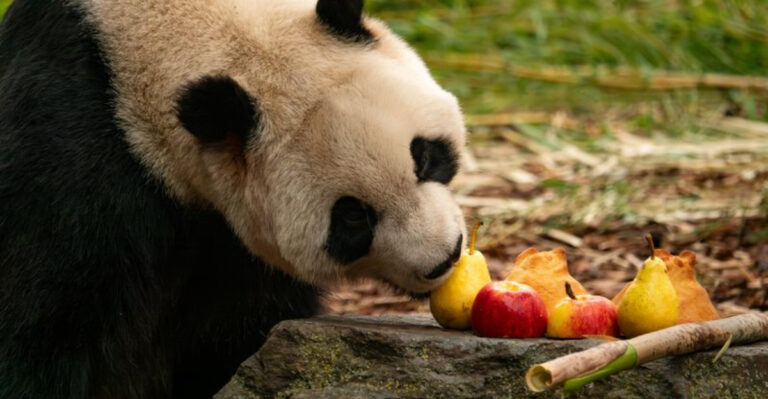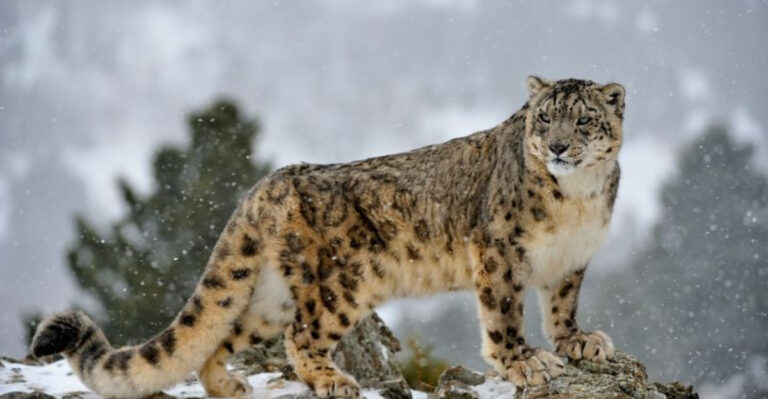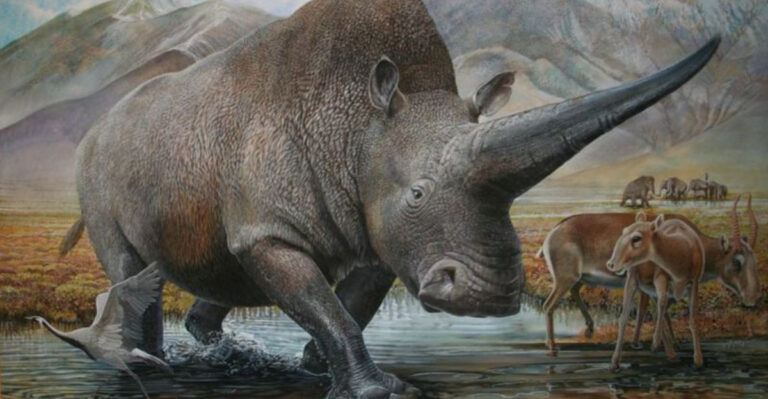12 Animal Species That Raise Their Young In Ways Similar To Humans
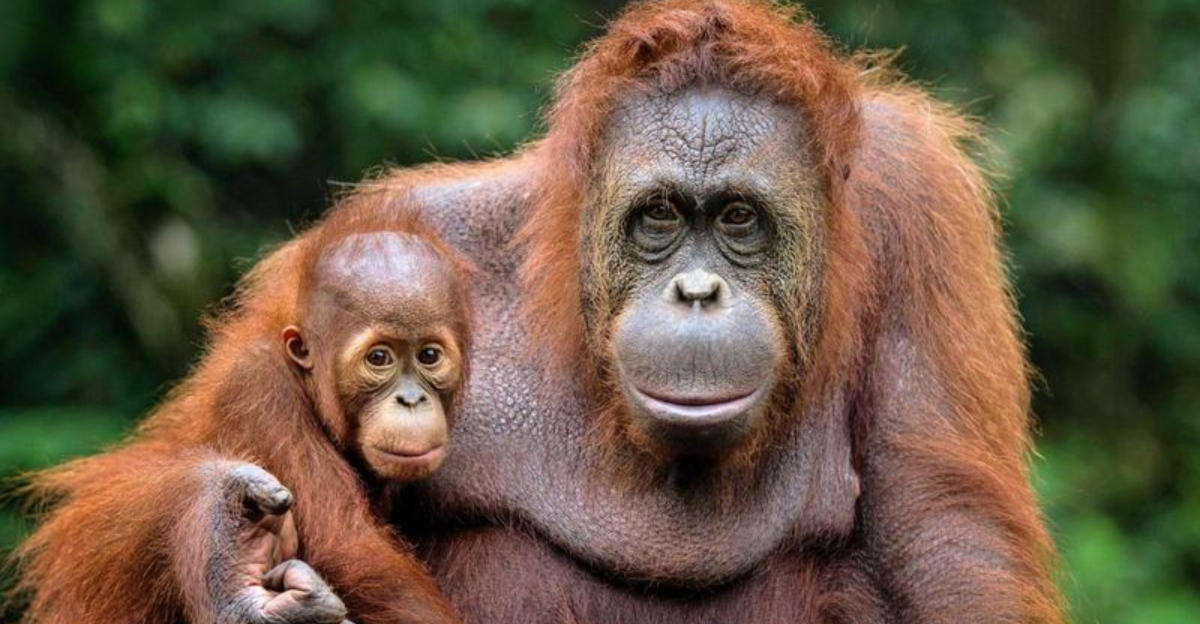
When we think about parenting, we often picture human families nurturing their children. But throughout the animal kingdom, many species demonstrate remarkable similarities to our own child-rearing practices.
From teaching survival skills to sharing parental duties, these animals show that the instinct to protect and prepare offspring for life runs deep across species.
Let’s explore twelve fascinating animals whose parenting styles might feel surprisingly familiar.
1. Elephant Herds: The Ultimate Extended Family
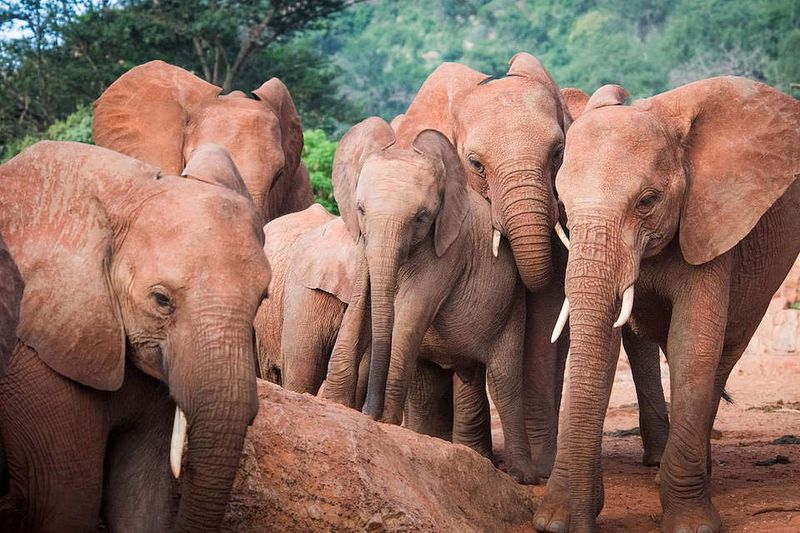
Female elephants create multi-generational childcare networks that would make any human village proud. Mothers, aunts, sisters, and grandmothers all pitch in to raise calves collectively, forming what scientists call “alloparental care.”
Baby elephants stay dependent on this female-led community for years, learning crucial survival skills through observation and guided practice. The matriarch – usually the oldest female – passes down decades of wisdom about migration routes, water sources, and danger recognition.
When a baby elephant stumbles, multiple trunks reach out to help. This cooperative approach ensures calves develop both physically and socially, much like human children benefit from extended family involvement.
2. Wolf Packs: Where Everyone Babysits
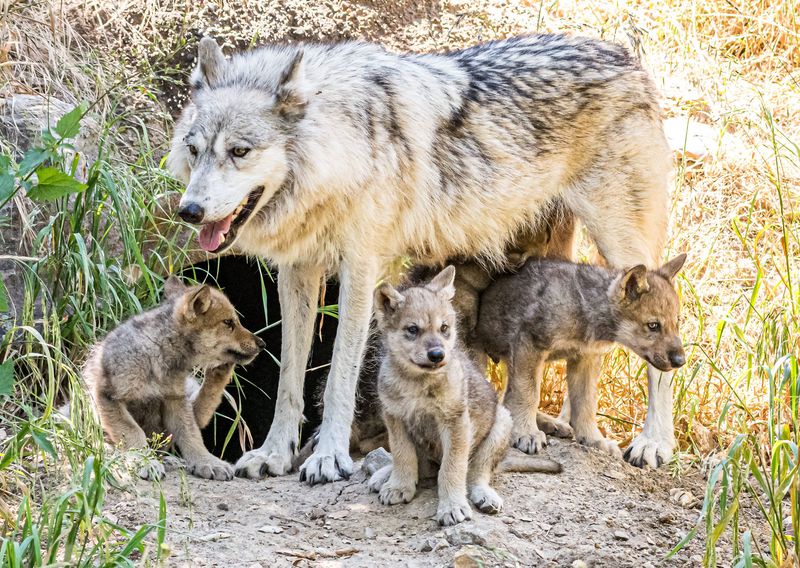
The phrase “it takes a village” perfectly describes wolf parenting. After pups are born, the entire pack rallies around their care – from regurgitating food for them to organizing what can only be described as “wolf daycare” while parents hunt.
Adult wolves take turns watching the playful pups, teaching them proper wolf etiquette through gentle corrections and modeling. Older siblings often become enthusiastic babysitters, simultaneously honing their own future parenting skills.
Wolf parents gradually introduce their young to hunting through carefully staged experiences. They start with “hide and seek” games that develop tracking abilities before eventually allowing pups to observe real hunts from a safe distance.
3. Orangutan Mothers: Eight Years Of Devoted Teaching

Among the animal kingdom’s most dedicated mothers, orangutan moms invest approximately eight years raising a single offspring – the longest childhood of any animal except humans. During this extended period, they teach their young everything from nest-building techniques to identifying over 200 food sources in the rainforest.
The bond between mother and child remains extraordinarily close, with babies clinging to their mothers’ bodies for the first two years of life. At night, they share carefully constructed nests high in the canopy.
Young orangutans learn through intense observation, mimicking their mother’s every move until they’ve mastered complex skills like tool use and fruit processing.
4. Emperor Penguins: The Ultimate Co-Parenting Champions
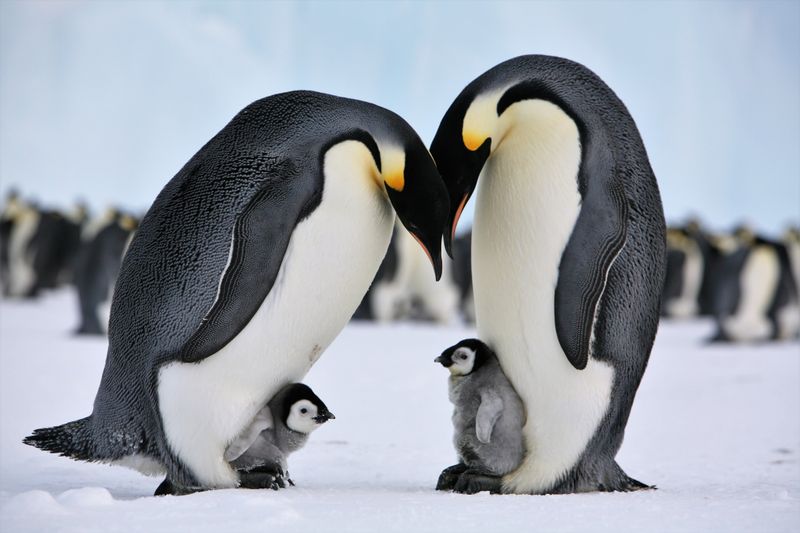
Braving Antarctica’s brutal winter, emperor penguin fathers might be nature’s most dedicated dads. After mom lays a single egg, dad balances it on his feet and covers it with a special pouch, keeping it warm in temperatures reaching -40°F while mom heads to sea to feed.
For two months, these devoted fathers stand huddled together without eating, losing nearly half their body weight as they protect the developing chicks. When mothers return, parents alternate hunting trips, passing the growing chick carefully between them.
Both parents produce “crop milk” from their esophagus to feed their chick – a rare example of both sexes having equal physiological contributions to infant feeding.
5. Orca Whales: Where Grandmas Lead The Pod
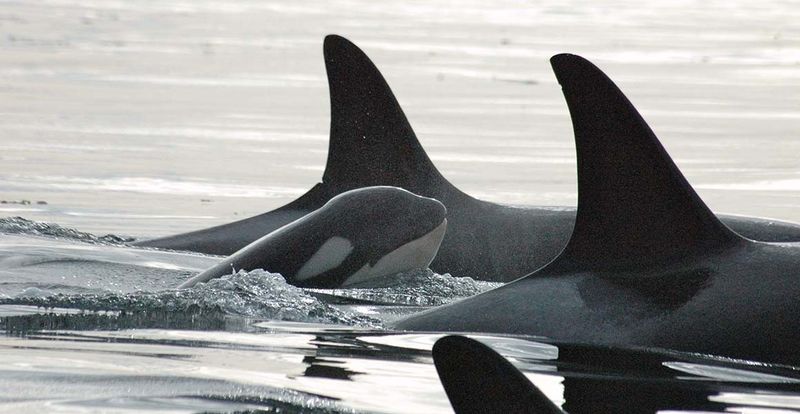
Orca families stick together for life in matriarchal societies where knowledge passes through generations. Grandmothers often lead these pods, using decades of hunting wisdom to guide younger family members through changing ocean conditions.
Young orcas stay with their mothers well into adulthood, creating multi-generational family units with distinct dialects and hunting techniques. Pod-specific traditions develop almost like family cultures, with techniques for catching seals or hunting strategies passed down through teaching.
Females experience menopause – rare in the animal kingdom – allowing grandmothers to focus entirely on helping raise grandcalves and sharing ecological knowledge rather than continuing to reproduce themselves. This post-reproductive leadership mirrors the grandmother hypothesis in human evolution.
6. Marmoset Monkeys: Where Dads Do Most Childcare
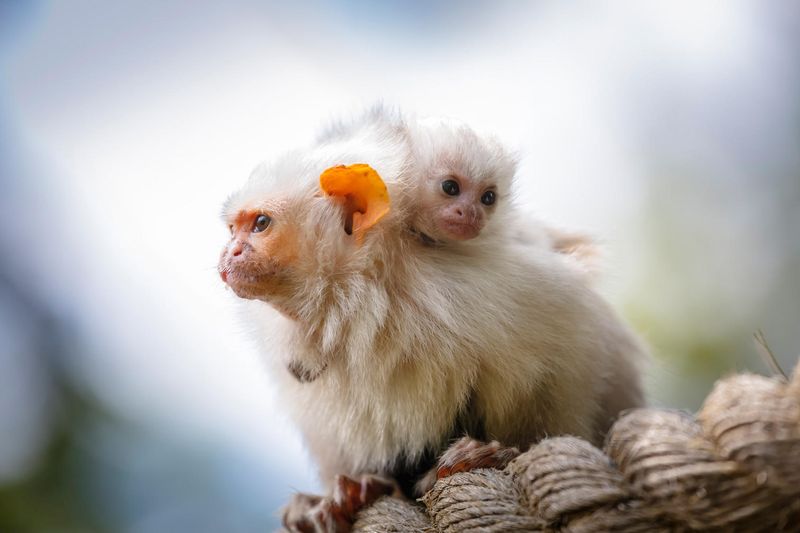
Tiny marmoset fathers break the mammalian mold by providing most of the childcare. After mom gives birth (usually to twins), dad immediately takes over, carrying the babies constantly and only returning them to mother for nursing.
These dedicated dads groom, protect, and play with their offspring while mothers recover from the significant strain of carrying and birthing twins that represent about 20% of her body weight. Older siblings often help too, gaining valuable parenting experience before having their own young.
Scientists believe this unusual arrangement evolved because of the extreme energetic demands on marmoset mothers. The father’s intensive involvement ensures higher survival rates for the vulnerable twins – a cooperative strategy remarkably similar to modern human families.
7. Alligators: Surprisingly Tender Reptile Parents
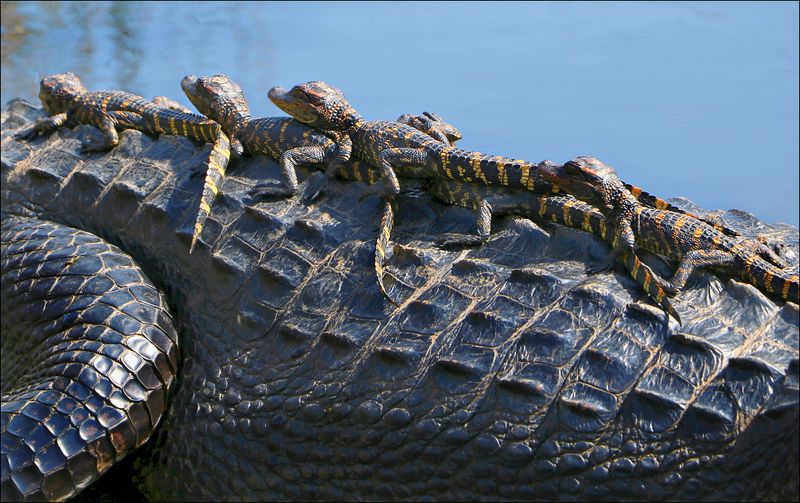
Behind their fearsome reputation, alligator mothers show remarkable tenderness toward their young. After carefully building and guarding their nests for months, they gently carry newly hatched babies to water in their formidable jaws – the same jaws that can crush turtle shells exert less pressure than a human eyelid when carrying offspring.
For up to two years, alligator moms respond instantly to high-pitched calls from their babies when danger threatens. They create water nurseries where hatchlings can safely learn swimming skills while remaining under mom’s watchful protection.
Young alligators stay with their mothers in family groups called “pods,” learning hunting techniques and territory defense – upending the stereotype of reptiles as cold, unfeeling parents.
8. Flamingos: The Bird Parents Who Make Special Baby Formula
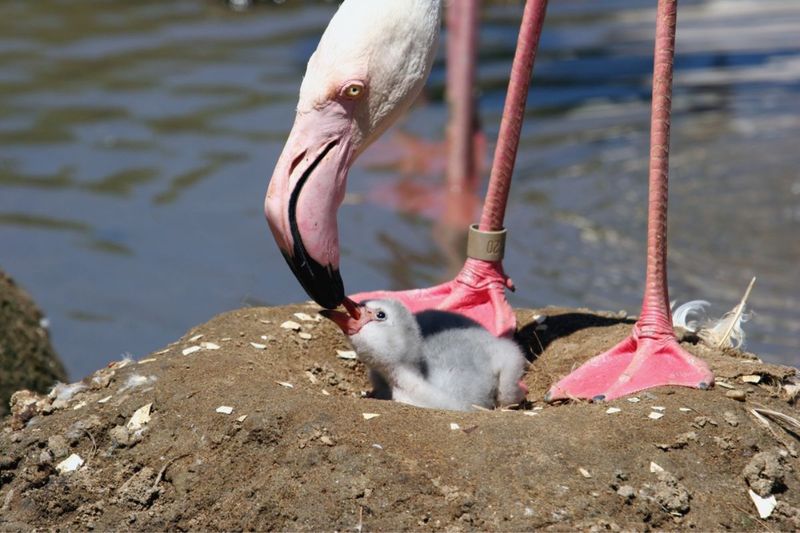
Flamingo parents produce a specialized secretion called “crop milk” – rich in fat, protein and red blood cells – that they feed to their chicks. Both mother and father flamingos produce this nutritious substance, taking turns feeding their single chick for up to 12 weeks.
Parents recognize their chick’s unique call among thousands of nearly identical youngsters in crowded flamingo nurseries. This remarkable vocal recognition allows them to find their specific offspring when returning from feeding trips.
Young flamingos gather in large crèches (bird daycares) supervised by a few adult guardians while other parents forage. This cooperative childcare system ensures chicks remain protected while allowing parents to take turns finding food – a strategy that parallels human daycare arrangements.
9. Octopus Mothers: The Ultimate Sacrifice For Offspring
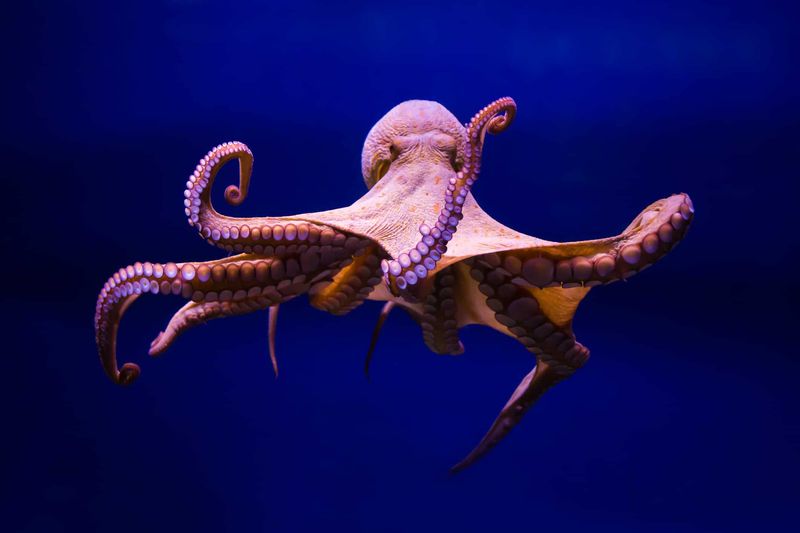
Octopus mothers demonstrate extraordinary dedication, spending months guarding their eggs without eating. A deep-sea octopus named Graneledone boreopacifica holds the record for longest known maternal care, protecting her eggs for 53 months (over 4 years!).
During the guarding period, mothers constantly clean the eggs, removing algae and warding off predators. They blow water currents across the developing embryos to ensure proper oxygenation, often at the cost of their own health.
This maternal devotion comes at the ultimate price – most octopus mothers die soon after their young hatch, having sacrificed eating to ensure their offspring’s survival. Though extreme, this self-sacrifice parallels the concept of parental investment in humans.
10. Meerkats: The Community Childcare Specialists
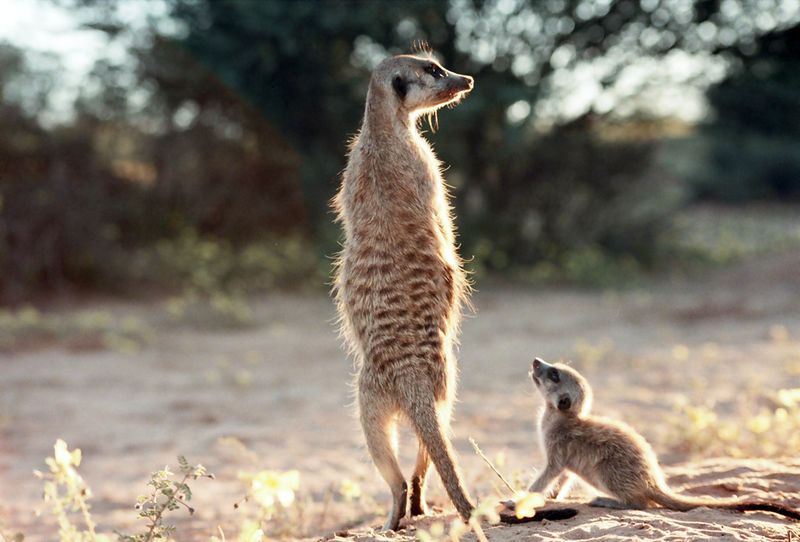
Meerkat societies revolve around cooperative childcare that would impress any human village. While mothers nurse their pups, other colony members take turns as dedicated “babysitters,” often foregoing their own feeding opportunities to protect youngsters back at the burrow.
Adult meerkats deliberately bring injured or dead prey to pups, creating safe opportunities for them to practice hunting skills. They gradually increase difficulty levels – first bringing dead scorpions, then disabled ones, and finally live ones with stingers removed – teaching critical survival skills through structured learning experiences.
Teenagers serve as “helpers at the den,” gaining childcare experience before having their own offspring – similar to how human adolescents might babysit before becoming parents themselves.
11. Beavers: The Construction-Teaching Family Units

Beaver families function as tight-knit engineering teams, with parents teaching their offspring the complex skills of dam and lodge construction. Young kits stay with their parents for two years – an unusually long childhood for rodents – during which they learn through apprenticeship.
Parents demonstrate specialized techniques for cutting trees, transporting materials, and maintaining underwater entrances to their homes. By their second year, juvenile beavers actively contribute to family construction projects while still receiving guidance from experienced adults.
The family shares winter food caches and living quarters, with older siblings helping care for newborn kits. This multi-generational knowledge transfer ensures sophisticated building techniques persist through generations – much like human tradespeople passing down craft secrets.
12. Crows: The Tool-Using Teachers With Funeral Rituals
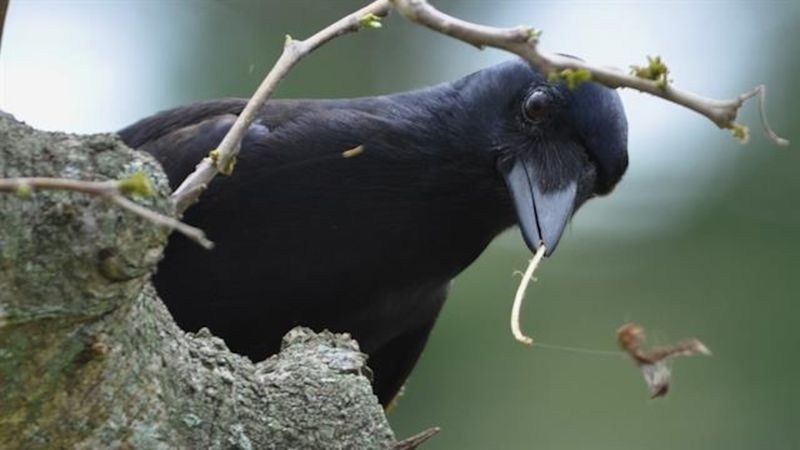
Crows possess some of the most sophisticated parenting approaches in the bird world, teaching their young not just survival skills but cultural traditions. Parents demonstrate complex tool use – crafting hooks from twigs to extract insects or dropping nuts in traffic for cars to crack.
Young crows remain with their parents for up to two years, one of the longest learning periods among birds. During this time, they observe regional traditions like specific food-washing techniques or unique vocalizations that vary between crow communities.
Perhaps most remarkably, crows hold what appear to be funeral gatherings around deceased flock members, with parents seemingly teaching offspring appropriate responses to death – a behavior once thought unique to humans and elephants.


